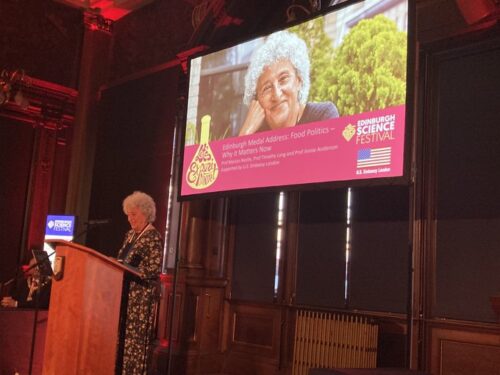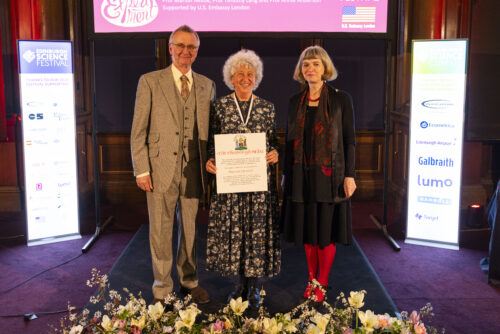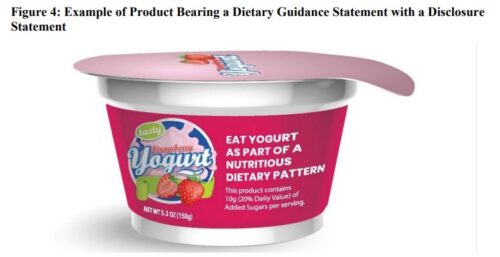If you want to understand why it is politically impossible to transform the Farm Bill into legislation that promotes health, sustainability, and regenerative farming, take a look at the Environmental Working Group’s Website and Farm Subsidy Database.
This reveals that eight members of the House Agriculture Committee,received over $14 million in federal farm subsidies between 1995 and 2021.
The eight: Reps. James Baird (R-Ind.), Jim Costa (D-Calif.), Doug LaMalfa (R-Calif.), Frank Lucas (R-Okla.), Tracey Mann (R-Ks.), Mary Miller (R-Ill.), John Rose (R-Tenn.), and Austin Scott (R-Ga.)
This is a clear conflict of interest.
Are these agriculture committee members likely to put a stop to inappropriate subsidies? Doubtful. They ought to be taken off the Agriculture Committee immediately.
Note: the size of the subsidy doesn’t matter. Even small subsidies exert influence.
EWG also says that lawmakers who received commodity subsidies are also likely to be getting crop insurance subsidies.
But because those subsidies are not disclosed to the public, it’s not possible to determine whether some legislators are double dipping this way.
The EWG provides a list of all current members of Congress and family members who get farm subsidies here.
*******
For 30% off, go to www.ucpress.edu/9780520384156. Use code 21W2240 at checkout.












 Here are the relevant documents:
Here are the relevant documents:


